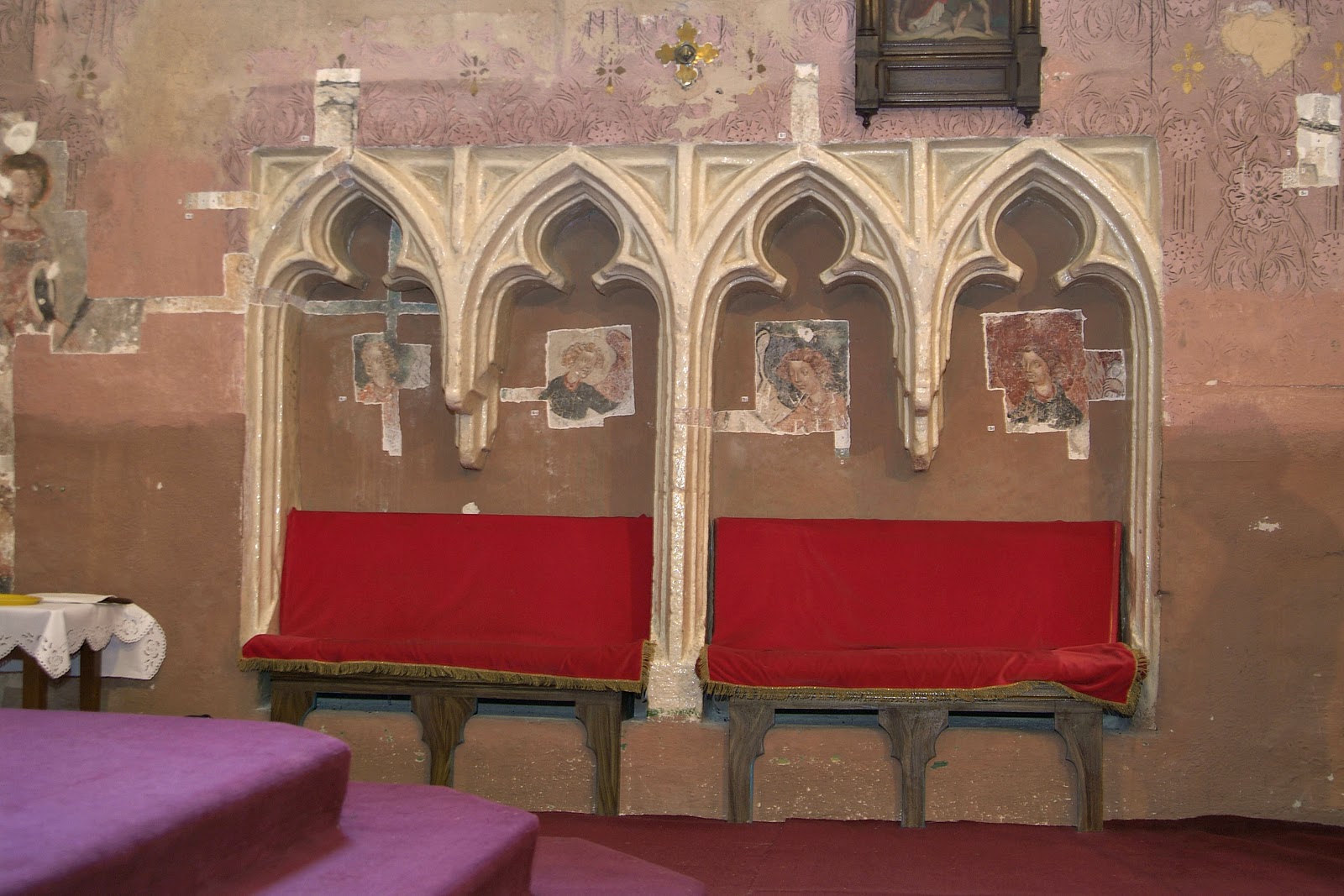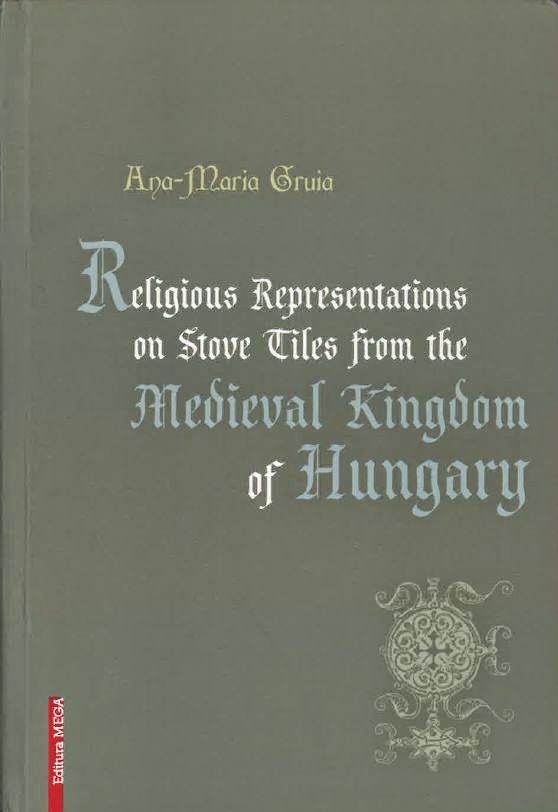 |
| Detail from the Arrest of Christ (cleaned state, 2008) |
One of the largest restoration projects in Slovakia was completed in 2014: the restoration of the wall paintings in the sanctuary of the medieval church of Torna (Turňa nad Bodvou). The frescoes, found in 2006, were uncovered starting from 2007, and their full restoration is now completed. I contributed as an external art historical consultant to this work, and wrote a preliminary study about the wall paintings for the scholarly documentation of the frescoes. Although my study has not yet been published, I am now providing here a brief overview of the frescoes and their restoration.
Torna is a medieval village in southern Slovakia, just north of the Hungarian border, not far from the town of Kassa/Košice. In 1357, the owners of the property received permission from the king to build a castle on top of the hill overlooking the village. The castle still dominates the landscape. It was the same family - the Tornai family - who had the parish church of the village built, in the second half of the 14th century. The last member of the family, János Tornai, passed away in 1406, his tombstone stands to this day in the sanctuary of the church. Although the sanctuary of church, intended as a family burial site for the Tornai family, was clearly completed before 1406, it was only decorated some time later, as I will discuss below.
 |
| First details to emerge (2006) |
Until 2006, a nondescript neo-Gothic ornamental decoration covered the walls of the sanctuary, painted to harmonize with the neo-Gothic main altar of the church. The frescoes were first found on the back wall of the Gothic sitting niches on the south wall of the sanctuary. As research and recovery progressed, it became clear that the entire sanctuary (including the vaults) was once painted according to a unified system. Although the first details to emerge from this painted cycle were very promising, unfortunately it turned out that the decoration is largely lost: large surfaces of the original painted decoration were destroyed during the centuries. The original decoration survived mainly on the eastern walls (behind the altar), on the lower zone of the wall as well as on the window splays. What was once an elaborate narrative cycle on the uninterrupted north wall of the sanctuary, however, is now lost almost without a trace.
 |
| Work in progress (2008) |
Still, enough remains from the painted decoration to establish its original arrangement, and surviving scenes attest to the high quality of this decoration. The most significant part of the decoration was a large, multi-zone narrative cycle, depicting the Infancy and Passion of Christ. Only a few of the scenes can be identified today, including the Nativity, and from the Passion: the scenes of Christ on the Mount of Olives and the Arrest of Christ. The scene of the Nativity belongs to the type of representation, in which Mary prays before her newborn son, who is lying on the ground. The region of Gömör county contains a large number of comparable cycles depicting the Life and Passion of Christ - for example Gecelfava/Koceľovce or Ochtina/Ochtiná but the quality of the frescoes at Torna is much higher.
 |
| Detail of the Virgin Mary from the Nativity (cleaned state, 2008) |






.jpg)
.jpg)








